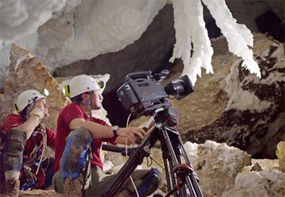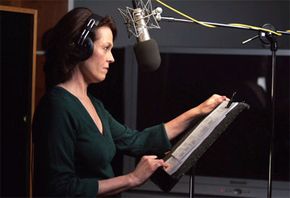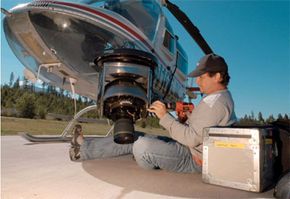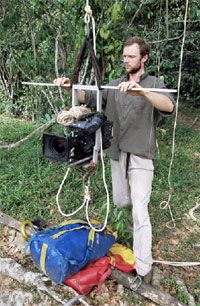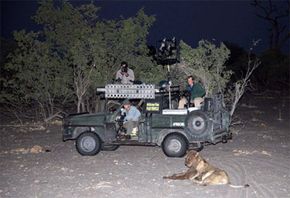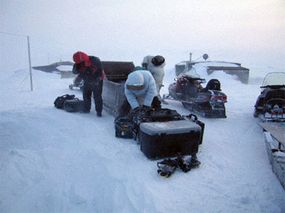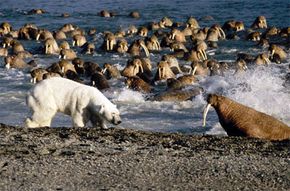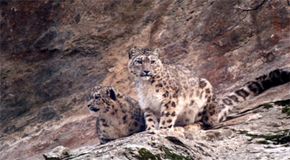"Planet Earth," the runaway hit documentary series made by the BBC and the Discovery Channel, is more than a nature show. The "Planet Earth" crew has captured images of the planet that have never before been seen. How did they slowly float above the canopy of the Amazon rainforest? How did they film a snow leopard hunt on a near-vertical face of a Pakistani mountain range? How did they catch a great white shark leaping from the ocean to kill a seal?
With a budget of roughly $2 million per episode, this 11-part series was filmed over the course of five years in more than 200 locations, spread over 62 countries [source: USA Today]. It's easily the most comprehensive and wide-reaching documentary ever attempted.
Advertisement
BBC producer Alastair Fothergill was well-prepared to handle "Planet Earth" as a result of his work on "The Blue Planet." That show was a $10 million, eight-part series on the wonders of the ocean. The scope and cinematic style of "The Blue Planet" were a hit with viewers, so a follow-up series in the same style was a no-brainer.
More than 70 camera people worked seven-day weeks all over the world to put together "Planet Earth." The smash-hit BBC version was narrated by acclaimed British broadcaster David Attenborough. The Discovery Channel released the U.S. version with narration by award-winning actress Sigourney Weaver. In the U.S., the finale episode alone drew more than 5.5 million viewers from a wide range of demographics. Typically, only a couple of cable shows ever crack the top 10 in more than one age range. "Planet Earth" earned a top 10 spot in all three demographics nearly every week it aired [source: Media Life].
The DVD sales numbers have been just as impressive. In June 2007, The Hollywood Reporter estimated that 42,000 units of the series had been sold for an estimated $3.2 million haul. The box set broke the record for a high-definition DVD release.
In this article, we'll take a look at the creation of the series. From the innovative techniques to the challenging logistics; from the unbearable conditions to the dangers posed by man, animal and Earth; from the successes to the near-misses: This is how "Planet Earth" works.
Advertisement


